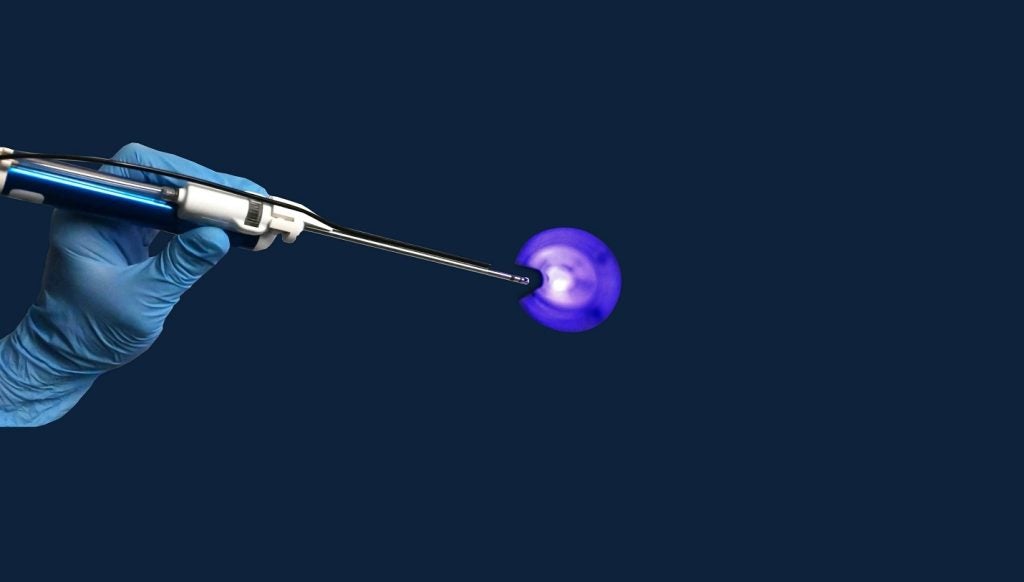Integer has been granted a patent for an embolic protection device that collects and removes embolic debris in a patient’s vascular system. The device consists of a flexible scaffold coupled to a conical filter, providing prophylactic measures to reduce the risk of embolic complications. GlobalData’s report on Integer gives a 360-degree view of the company including its patenting strategy. Buy the report here.
According to GlobalData’s company profile on Integer, Cardiac stimulation implants was a key innovation area identified from patents. Integer's grant share as of September 2023 was 68%. Grant share is based on the ratio of number of grants to total number of patents.
Embolic protection device with conical filter and flexible scaffold
See Also:
A recently granted patent (Publication Number: US11751987B2) describes an embolic protection device designed to prevent the occurrence of embolisms in blood vessels. The device consists of a scaffold and a conical filter. The scaffold includes a proximal eyelet and a frame that can be expanded or collapsed. The frame has a proximal strut region and a frame-cell region, which is continuous with the proximal strut region. The conical filter is supported by the frame and is composed of an imperforate section and a porous section. The imperforate section is coupled to the frame-cell region and extends partially along its length. The porous section allows fluid flow and extends distally from the imperforate section to an unsupported distal end of the device. Importantly, the device does not include any other filters.
The frame of the embolic protection device is made of materials such as nitinol, stainless steel, titanium, or their alloys. It may also include a distal strut region with distal struts that extend from the frame-cell region to a distal eyelet. The proximal and distal struts are radially oriented relative to the eyelet axis and have an angle ranging from about 10° to about 90°. The conical filter is composed of polymeric materials like polytetrafluoroethylene (PTFE), ePTFE, polyurethane, polyethylene, polypropylene (PP), polyvinylchloride (PVC), polyamide (nylon), polyethylene tetraphlalate, polyether-ether ketone (PEEK), polyether block amide (PEBA), or their combinations. The perforations in the porous section range in diameter from about 5 µm to about 200 µm.
The imperforate section of the conical filter is designed to conform to an interior segment of the frame-cell region and may include alternating embrasure segments separated by an abapical region. The imperforate section is coupled to the frame-cell region using an attachment. The conical filter tapers distally along the eyelet axis and has an area ranging from 2 in2 to 5 in2. The frame-cell region of the frame includes a strut matrix circumferentially disposed about the eyelet axis.
The embolic protection device can be used in a method for preventing diseases or conditions associated with embolisms. The method involves accessing the blood vessels of a subject, positioning an insertable guide, deploying the embolic protection device over the guide, capturing embolic debris, and removing the device with the captured debris from the blood vessels.
In summary, the granted patent describes an embolic protection device with a scaffold and a conical filter. The device is designed to prevent embolisms in blood vessels and includes various features such as a collapsible frame, imperforate and porous sections in the filter, and specific materials for construction. The device can be used in a method for preventing embolism-related diseases or conditions.
To know more about GlobalData’s detailed insights on Integer, buy the report here.
Premium Insights
From

The gold standard of business intelligence.
Blending expert knowledge with cutting-edge technology, GlobalData’s unrivalled proprietary data will enable you to decode what’s happening in your market. You can make better informed decisions and gain a future-proof advantage over your competitors.





